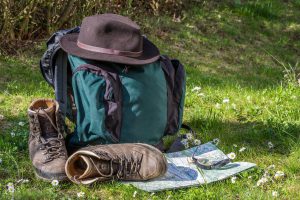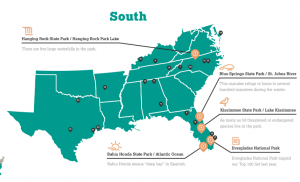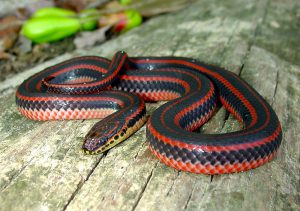 Every good adventurer knows that the best adventures are those you prepare for. At Everglades Adventures we take care of most of the pre-exploration prep, but there are a few things our professional staff recommends you do to prepare yourself for a day spent exploring the River of Grass.
Every good adventurer knows that the best adventures are those you prepare for. At Everglades Adventures we take care of most of the pre-exploration prep, but there are a few things our professional staff recommends you do to prepare yourself for a day spent exploring the River of Grass.
Clothing
The Florida sun can be brutal, especially during summertime. Don’t end your day with a flaming red sunburn! Be sure to bring enough sunscreen for your family. Make sure you have enough to last all day long. Also, consider bringing a hat to protect your face and neck and a pair of sunglasses. If you want to take things a step further, lots of area stores sell lightweight, UV resistant clothing. Instead of slathering yourself in sunscreen all day, simply wear a UV resistant long sleeve shirt and apply sunscreen to areas of exposed skin.
Wear comfortable shoes to wear all day. This tour is easy for all levels but you may want to leave your wedge heels for a different occasion. Generally, sneakers or sandals are just fine. During cooler months, it may be windy so bring an extra jacket or sweater if necessary.
Fact: you can still get sunburned in the wintertime, always apply sunscreen.
Supplies
Pack a bag of anything you may need access to during the hours of 9am-5pm. Snacks, water, sunscreen and a camera are all recommended! We stop for a nice sit down lunch together but you may want some additional snacks for the rest of the day.
If you have any other questions as to how to prepare for your adventure, please give us a call at (239) 405-2060.




